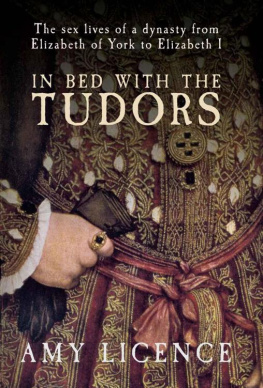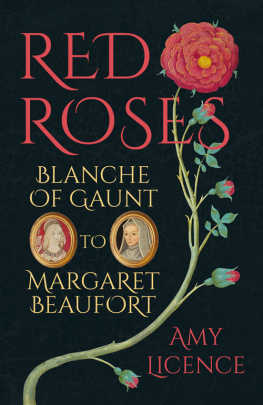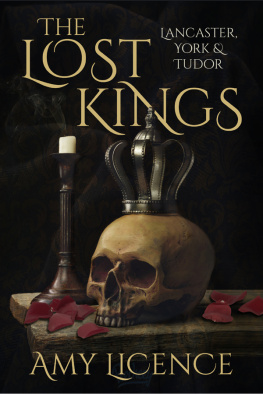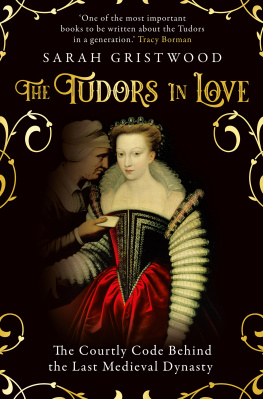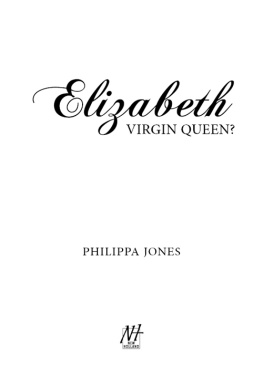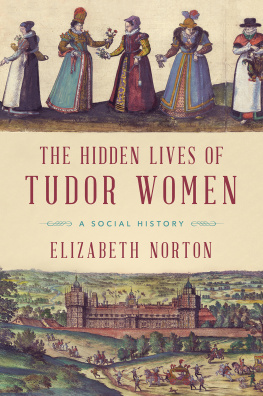Naked boys striding,
With wanton wenches winking.
Now truly, to my thinking
That is a speculation
And a meet meditation.
Colin Clout by John Skelton
for Rufus and Robin
First published 2012
Amberley Publishing
The Hill, Stroud
Gloucestershire, GL5 4EP
www.amberleybooks.com
Copyright Amy Licence, 2012
The right of Amy Licence to be identified as the Author of this work has been asserted in accordance with the Copyrights, Designs and Patents Act 1988.
All rights reserved. No part of this book may be reprinted or reproduced or utilised in any form or by any electronic, mechanical or other means, now known or hereafter invented, including photocopying and recording, or in any information storage or retrieval system, without the permission in writing from the Publishers.
British Library Cataloguing in Publication Data.
A catalogue record for this book is available from the British Library.
ISBN 978-1-4456-0693-4 (PRINT)
ISBN 978-1-4456-1481-6 (E-Book)
Contents
Introduction
It is not convenient to be a man when women go into labour.
Joseph, from the Coventry Mystery Cycle
To push or not to push? Home or away? Boy or girl?
While giving birth isnt quite that simple, the modern, Western mother has an unprecedented degree of choice when it comes to her experience. Even if the delivery does not go quite to plan, and few do, she retains a measure of confidence and ownership of the event beyond the reach of previous generations. Encouraged to write a detailed birth-plan and opt for an active labour, she can deliver her children in the comfort of her own home, or in birth pools at midwife-led units or warm, safe hospital wards, with her partner by her side. Every stage of a pregnancy is monitored, with carefully written notes and recorded tests; she has the option to hear her unborn childs heartbeat, discover its gender and see it wriggle in 3D. Midwives are only at the end of a telephone, day or night; various forms of pain relief are available on request and, following the delivery, she is encouraged to return home, happily breastfeeding, as soon as possible. Following her maternity leave, she may resume her career, confident that her child will be cared for by well-trained and regulated professionals.
In these aspects, motherhood has changed greatly in the last 500 years. Yet birth is unpredictable. Even now, every womans experience is different. The duration and circumstances surrounding any new arrival can defy even the most careful planning. Babies rarely appear on their due date and tend to take as much or as little time as they need. Birth plans often get adapted or abandoned; perhaps their value lies more in exercising some advanced control over an unknown quantity. For the first-time mother, the reality can form a surprising contrast with the mental image her planning has inspired. She had this in common with mothers of all eras.
For the Tudor mother, there were far fewer guarantees. Birth frequently proved to be a life-threatening occasion, in which the Church and popular superstition played a significant part. Pain relief was illegal, with one midwife being burned for using opium to assist labours in 1591, while the customs of centuries were being challenged by immense religious and cultural change. A woman expecting a child had little choice but to put her trust in the hands of other women and the remedies that had been passed down by word of mouth through the generations, even when these had been outlawed. As her time approached, she might rub her belly with powdered ants eggs and tie a piece of wild ox skin about her thigh. She might call out to her favourite saints and sprinkle her bed sheets with holy water, whilst closing the chamber door upon daylight for several weeks together. Problems arising during the birth may be caused by lurking devils or ignored superstitions; she may have rolled up her mat the wrong way, gazed at the moon or tiptoed through the May dew. As her contractions intensified, she would rely on herbs and the panacea of prayer; interventional surgery was only performed in extreme cases and usually resulted in maternal mortality. Assuming she was one of the lucky ones and her baby was born healthy, it would be washed in wine and rubbed with butter so the harmful air could not enter its pores. She would not emerge from her chamber for a month, after which she would process, veiled, to be purified and then perhaps undertake a pilgrimage to leave offerings of eggs and herbs, or money and jewels, at the shrine of the Virgin Mary. Does this make her experience of birth vastly different from that of women in the twenty-first century? In her time-specific context, yes; birth customs and gynaecological understanding varied greatly in the Tudor era from those of today. Yet, in her reasons for performing these strange rites, little has changed. Whilst much of this may seem like lunacy, the Tudor mother also experienced the hopes and fears of women of all time, regardless of whether they are depending on an epidural or the milk of a red cow to get them through. Facing such life-threatening circumstances, it is no surprise that a successful lying-in would become the cause of female celebration.
No one can escape from the times in which they were born; we are all conditioned by a complex interplay of personal, social, cultural, national and spiritual factors that shape our identities in the times in which we live. Whilst basic human emotions do not change, the ways in which people explain them, the ways they make sense of their immediate and wider experiences, do. Tudor women were born into a world which placed little value on their gender and expected them to conform to a limited range of roles. Whilst some women broke the rules, either through courage, failure or accident, the transgressors of strict sexual and social codes were frequently punished and rarely lauded. Acts of rebellion, self-assertion and individuality were not valued as they have been in subsequent, post-Romantic centuries. Tudor mothers experiences of marriage, sex, pregnancy and birth were an illustrative function of their world, as are those of modern women. Their life expectancy and consequently their expectations of life, were limited by factors of inequality and health that would be rejected or easily treated today. Common infections could kill and frequently did; gynaecological health was poorly understood and prone to misdiagnosis; doctors were almost exclusively male and expensive. Women could only own property or goods if left it in their own right; marriage meant the immediate transfer of all they owned, including their own person, to their husband. Few were literate, although this was progressing among aristocratic circles, yet a vast oral tradition of maternal wisdom was the average Tudor womans inheritance. The importance of female communities cannot be underestimated and is reflected in the exclusivity of the birth chamber. Whilst a considerable number lived in a household with at least one servant, apprentice or peripatetic support, the daily routine for most was frequently domestic and gruelling. Friends, relations and neighbours were vital to women of all ranks.
The status of motherhood was high during the sixteenth century. It was most womens ultimate ambition, although this was over-determined by the dominant male culture. This is partly because the general status of women was lower; becoming a mother topped the list of the most desirable options available, reinforced by religious, cultural and legal doctrine. At all stages, issues of female fertility were rife with paradoxes. The act of birth could be a womans making or undoing. Delivery could be dangerous but also offer protection. A womans moment of greatest weakness was also her empowerment, extending to all those closeted within the freedom of the lying-in chamber. Outside the church, virginity was seen as a threat by men collectively and individually; even within, only relatively small numbers of conforming female divines were tolerated. This is by no means to suggest that wives and mothers were necessarily venerated or respected, although in some degrees their lives were easier than their spinster sisters. They fitted more easily into social boxes. Even after decades of female monarchy, the court records of litigious late Elizabethans illustrate the dangers incurred by women living outside the prevailing codes. Most decisively, the Church shaped the rites of passage of a womans life through its ceremonies and rituals. These marked every stage of her being, from birth to death, offering a range of supports and comforts during the childbearing years. Personal faith, set against the upheavals of the English Reformation, played an important but hitherto neglected part in the story of Tudor childbirth.

